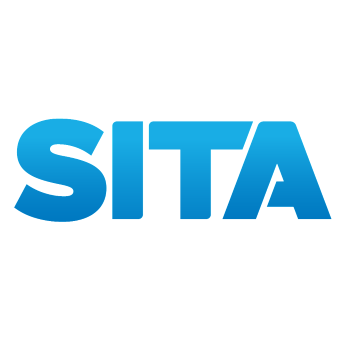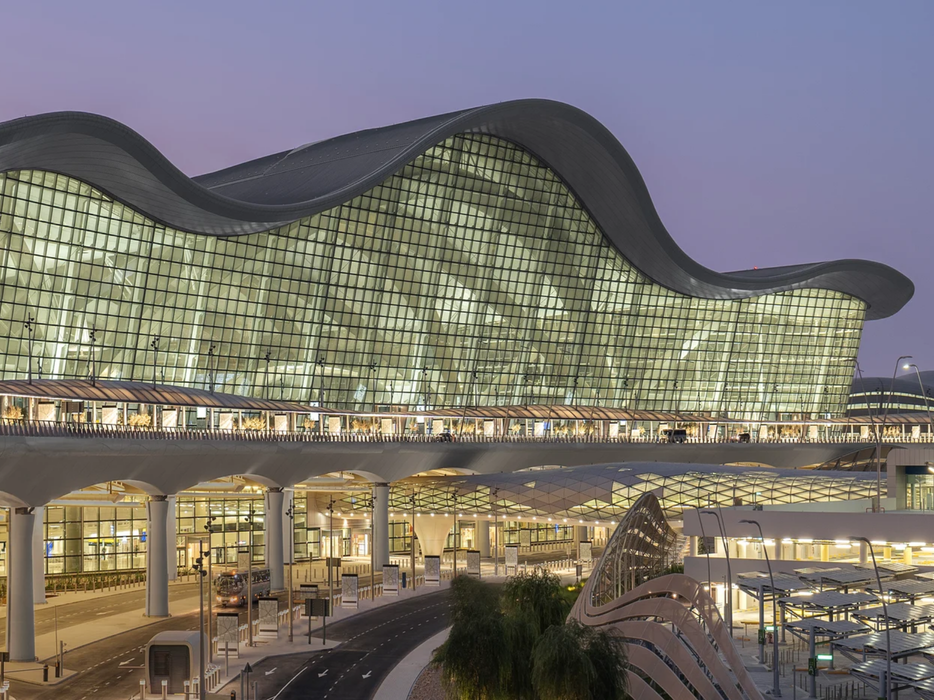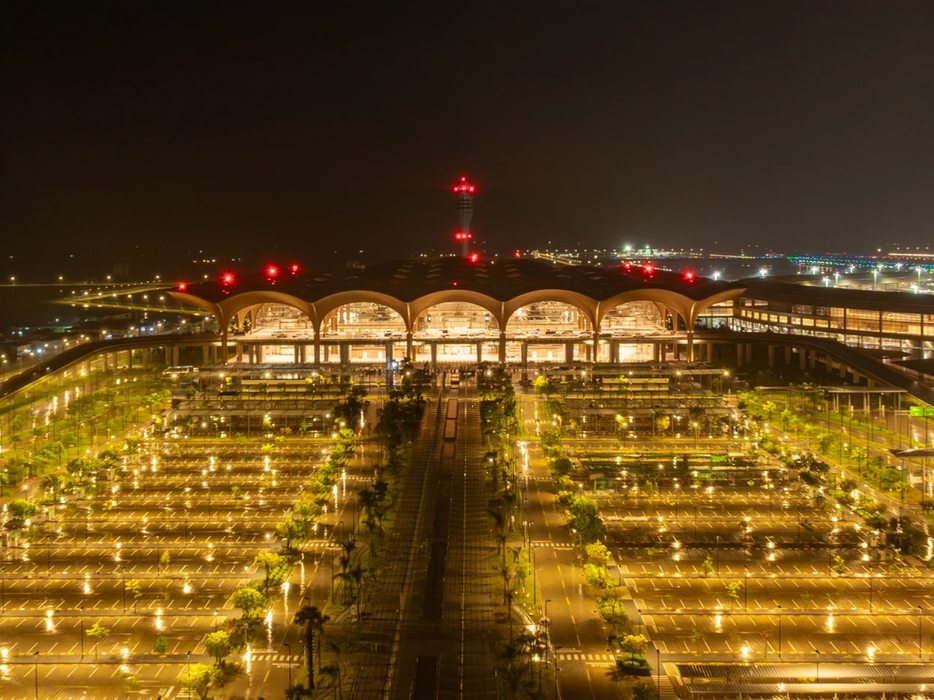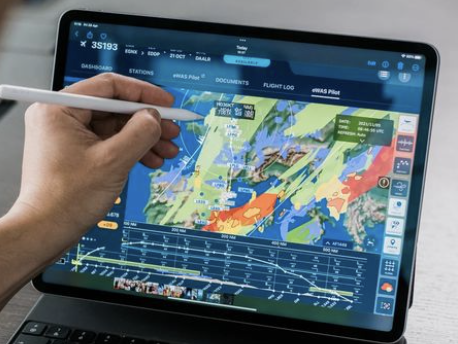Malaysia Airlines Signs Five-year Deal With SITA To Boost Connectivity Across Its Global Operations
- Fast, secure, and reliable connectivity will support the carrier’s post-pandemic recovery
Malaysia Airlines has renewed its partnership with SITA for a comprehensive upgrade that will link its global operations to its hub in Kuala Lumpur with fast, secure, and reliable network connectivity.
As part of the five-year agreement, Malaysia Airlines will leverage SITA Connect, specifically designed for the air transport industry, to meet the airline’s needs in and outside airports. SITA Connect will lower connectivity costs, improve the quality of service, enable ease of access to new features and applications, and facilitate their passengers’ check-in process worldwide, benefiting from SITA’s global presence at over 650 airports across 220 countries and territories.
SITA Connect will also provide network connectivity that allows team members to access central systems from anywhere, supporting the airline’s worldwide operation for employees working remotely. Security was a key factor in selecting SITA’s solution to support the airline’s critical operational systems.
Izham Ismail, Group CEO, Malaysia Airlines, said:We're excited to ramp up our operational capabilities as the industry’s recovery takes hold, with the support of our trusted technology partner SITA. Boosting the connectivity, security, and agility of the backbone technologies that support Malaysia Airlines will ensure we are ready for the influx of passengers over the coming months and poised to deliver a seamless travel experience for all.
Sumesh Patel, APAC President at SITA, said:SITA has a long history of collaboration with Malaysia Airlines. We're excited to renew the relationship once more by upgrading several services that will ultimately help deliver a smooth passenger process. Operational efficiency is under the microscope in the wake of the pandemic, and we're committed to helping the industry recover with smart solutions that are resilient, agile, and cost-effective.
This article was originally published by SITA.









